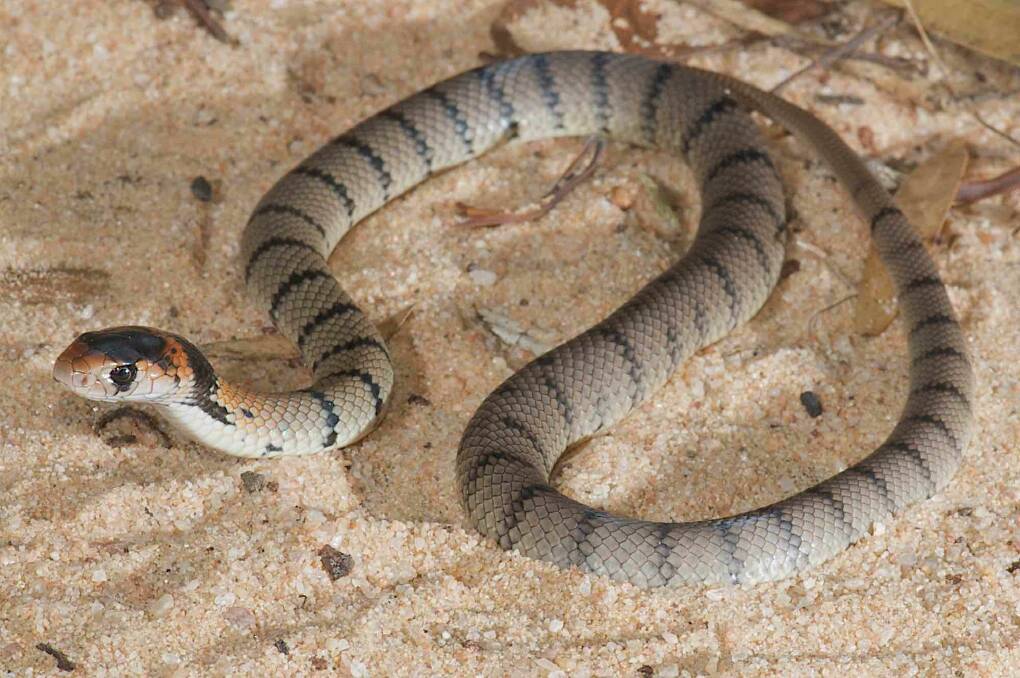
Discovery reveals baby brown snakes undergo venom transformation The Land NSW
The eastern brown snake occurs in a variety of habitats ranging from grassland through to eucalypt forests. It is distributed throughout all but the western parts of Queensland. Active during the day, the eastern brown snake feeds on frogs, birds, mammals and reptiles.. Different colour patterns of juvenile eastern brown snakes. Photo credit.

Brown snakes, Pseudonaja Günther, 1858 School of Biomedical Sciences
32 Types of Brown Snakes These snakes can be venomous or nonvenomous. We've divided them up into venomous brown snakes and nonvenomous brown snakes. Venomous Brown Snakes 1. Eastern Copperhead Coiled eastern copperhead | image by Peter Paplanus via Flickr | CC BY 2.0 Scientific name: Agkistrodon contortrix Venomous: Yes
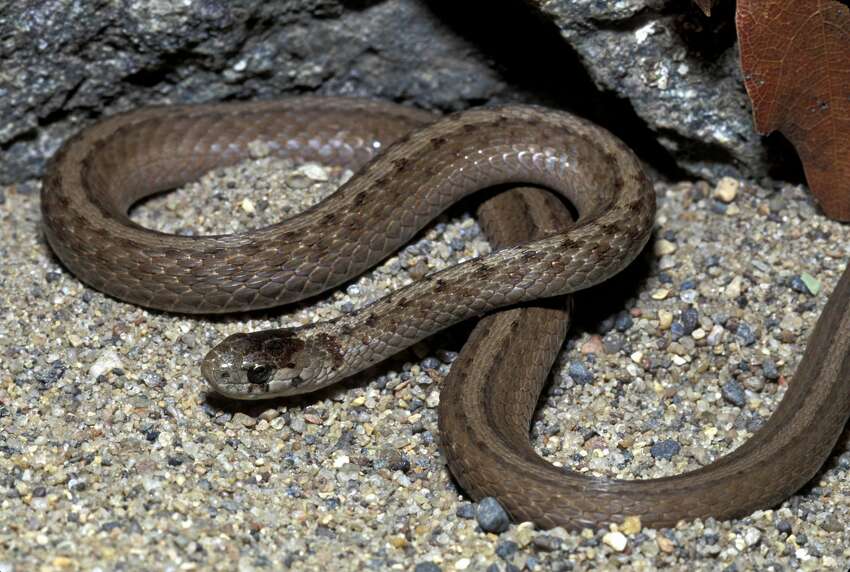
11 nonvenomous snakes you want in your backyard
The Eastern brown snake (Pseudonaja textilis) is a species of highly venomous snake native to Australia and southern New Guinea. It was first described by André Marie Constant Duméril, Gabriel Bibron, and Auguste Duméril in 1854. The Eastern brown snake is considered the world's second-most venomous land snake after the Inland taipan and is responsible for about 60% of human snake-bite.
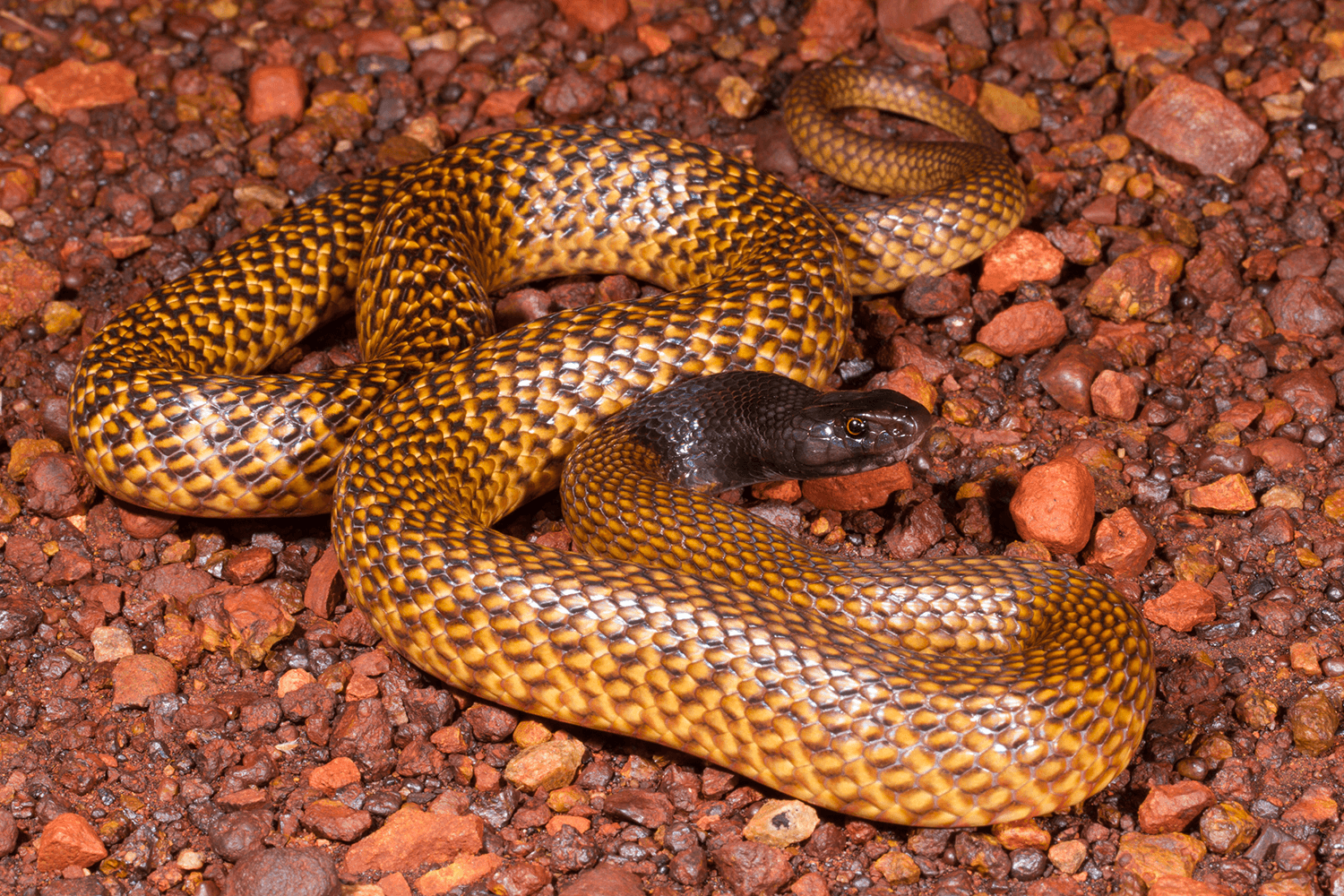
Brown snakes, Pseudonaja Günther, 1858 School of Biomedical Sciences
17 COMMON types of snakes in Western Australia: #1. Tiger Snake Notechis scutatus Also known as the Mainland Tiger Snake. Identifying Characteristics: Adults can reach 120 cm (47 in) long. As their name suggests, their bodies are covered by bands resembling tigerskin. Morph #1 (Common): Olive, green, or brown with cream-colored crossbands

The Western Brown Snake Explained
The speckled brown snake, Pseudonaja guttata has an orange to grayish brown top and may have dark bands, blotches, or speckles. It's the smallest of the Pseudonaja snakes. The scales of the Peninsula brown snake, Pseudonaja inframacula have dark edges that form a pretty net down its back. Ingram's brown snake, Pseudonaja ingrami, can spot.

Florida Brownsnake Florida Snake ID Guide
The Western Brown Snake (Pseudonaja mengdeni) is widespread across the western two-thirds of Australia; has a black lining to the mouth. Sometimes orange to brown with black head or pale headed, with grey nape, however colour and pattern is very variable and this species may be banded. Adult Western Brown Snake (Pseudonaja mengdeni)
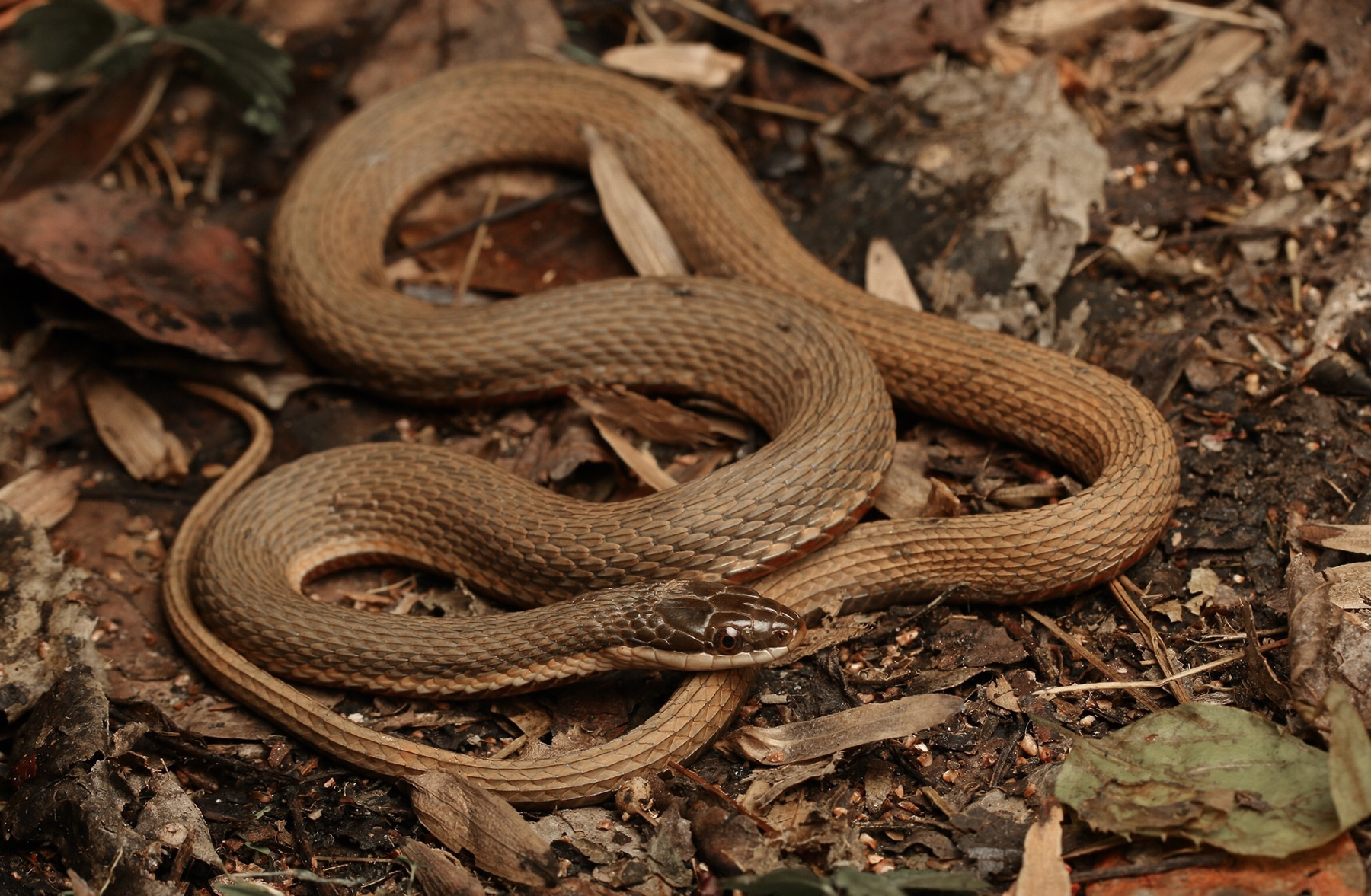
Queensnake Florida Snake ID Guide
After captive breeding young brown snakes and extracting venom from the parents, researchers discovered the presence of neurotoxins in baby brown snake venom cause their lizard prey to go limp and stop breathing. Around half of all human deaths by snake bite in Australia are caused by the venom of the brown snake.

Western Brown Snakes The Australian Museum
The name brown snake refers to two different genera of snakes, found on two different continents. If you are in North America, brown snake is the common name for Storeria, a small, shy,.
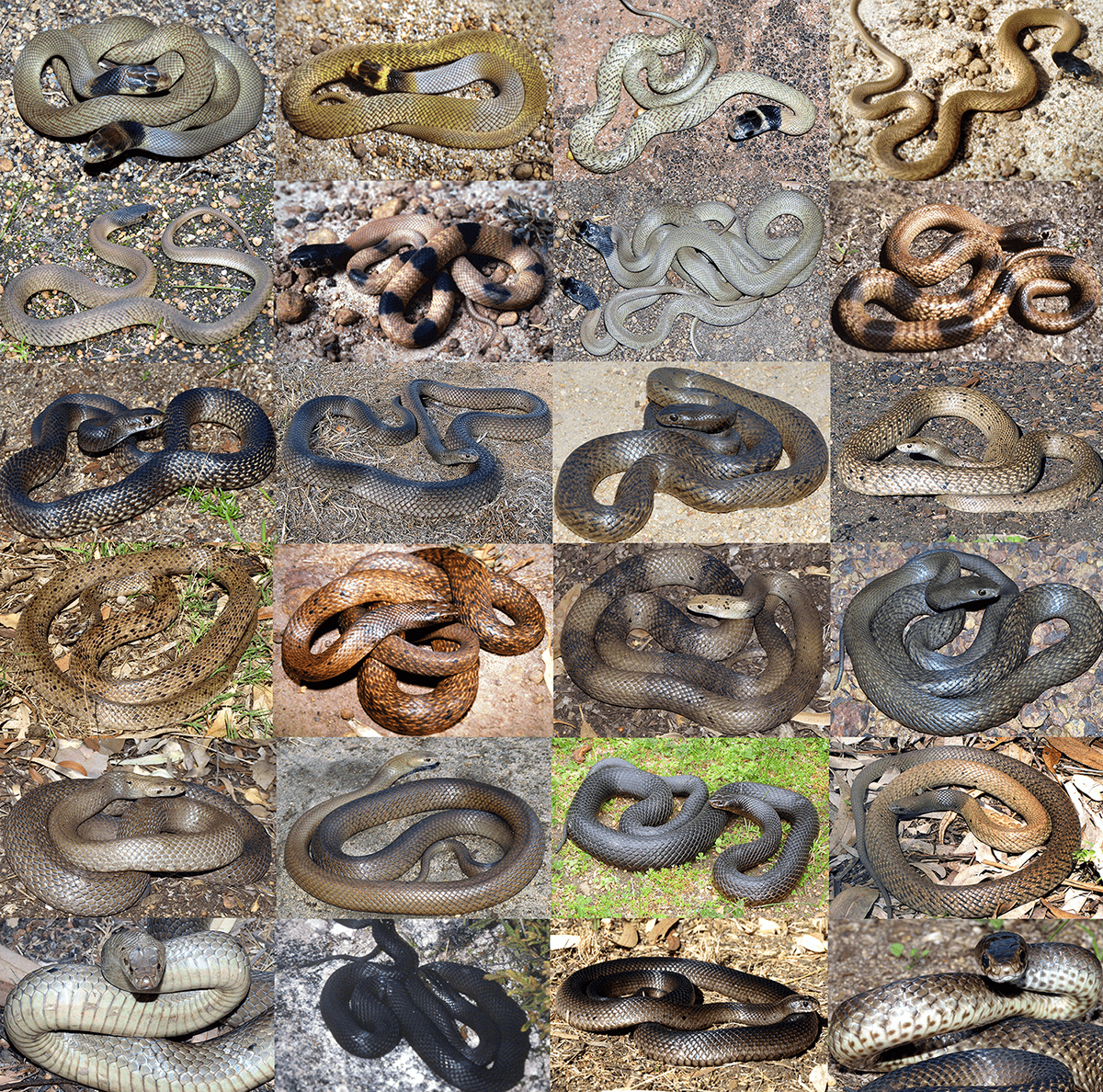
Brown snakes, Pseudonaja Günther, 1858 School of Biomedical Sciences
Description The northern brown snake grows up to 1.8 m (5 ft 10.87 in) in total length (including tail). Its back can feature shades of orange-brown with flecks and bands, or appear plain. Its belly is cream to orange with pink blotches.
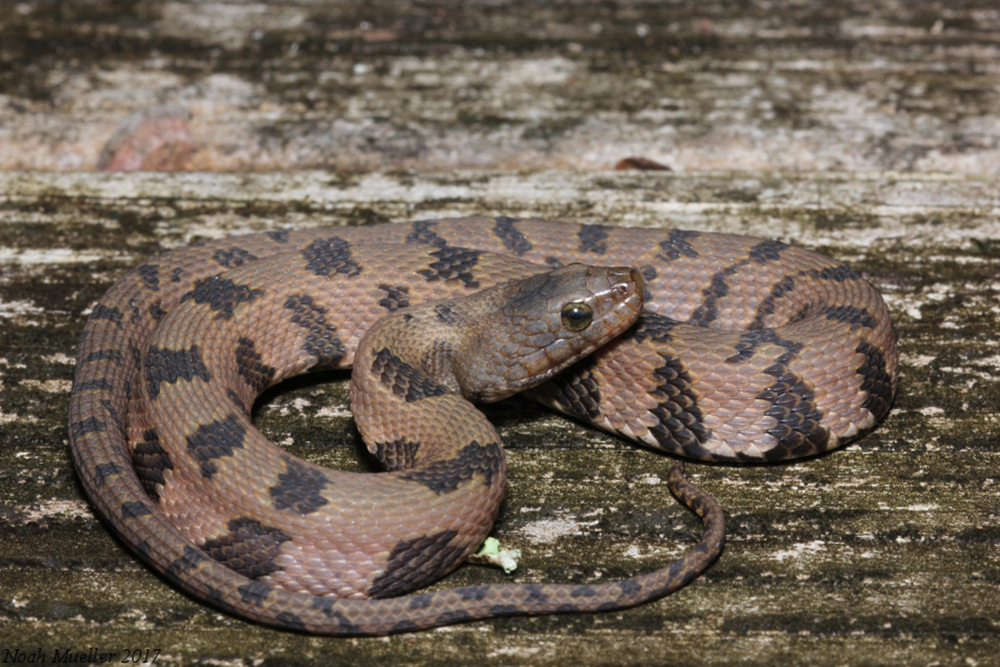
Brown Watersnake Florida Snake ID Guide
Download scientific diagram | Gwardar or Western Brown Snake. Juvenile showing typical neonatal head markings. from publication: Snakes and Snake-like Reptiles of Southern Western Australia: A.
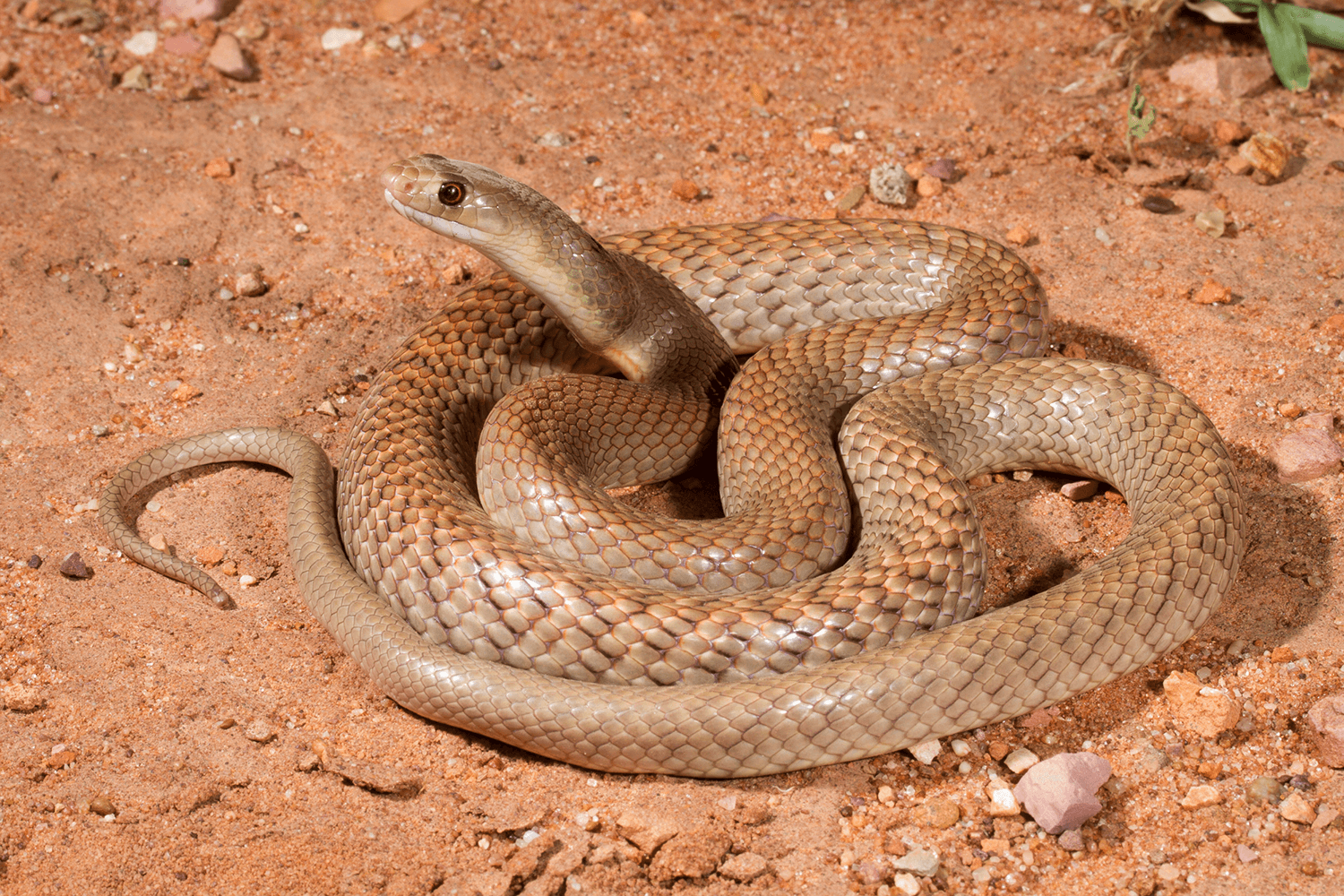
Brown snakes, Pseudonaja Günther, 1858 School of Biomedical Sciences
The common brown snake is active mostly by day, except in very hot weather, and feeds on rats, mice, birds, lizards and other snakes. It is attracted to barns and farms, and prefers dry country to swampy areas. The brown snake lays from 10 to 35 eggs. The young brown snakes are banded in dark grey or black, and have a broad band on the back of.
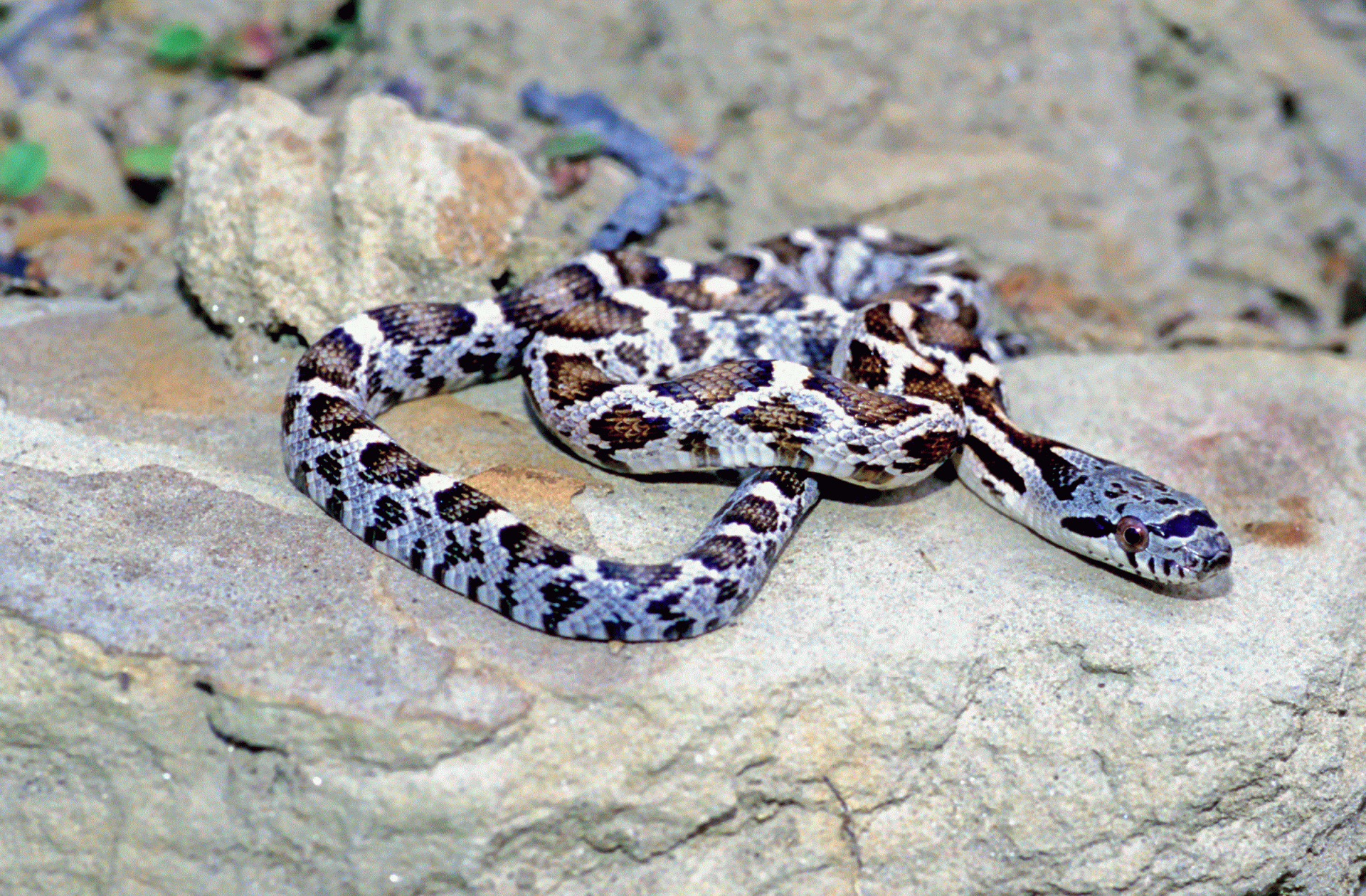
Western Black Ratsnake (Juvenile) Amphibians, Turtles & Reptiles of Nebraska Nebraska
Gwarda r or Western Brown Snake. Juvenile . showing typical neonatal head markings. Figure 31. Gwardar or Western Bro wn Snake. Banded form . with indistinct bands from Paynes Find.
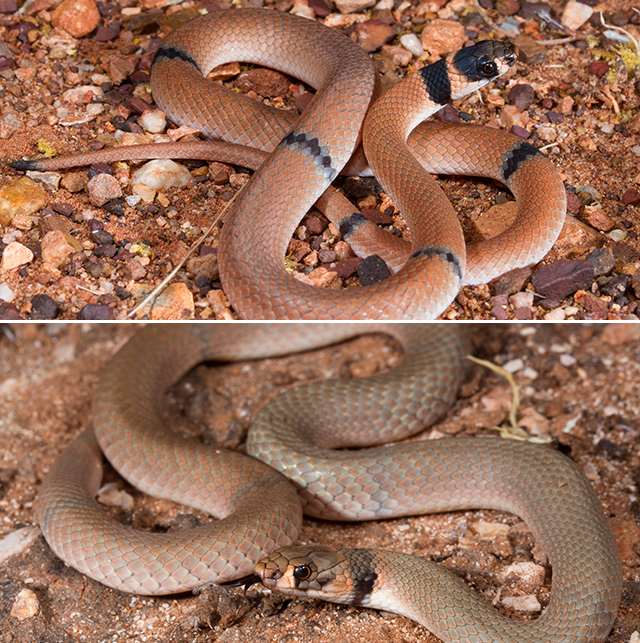
Our Venomous Neighbours Brown Snakes
The Eastern Brown Snake is a long and slender snake; its upper surface is usually pale brown to dark brown and uniform in colour. The underbelly ranges from cream, yellow or grey with orange blotches, and often with darker markings towards the tail. Juveniles usually have a black mark on their head, a black band across the neck and sometimes.
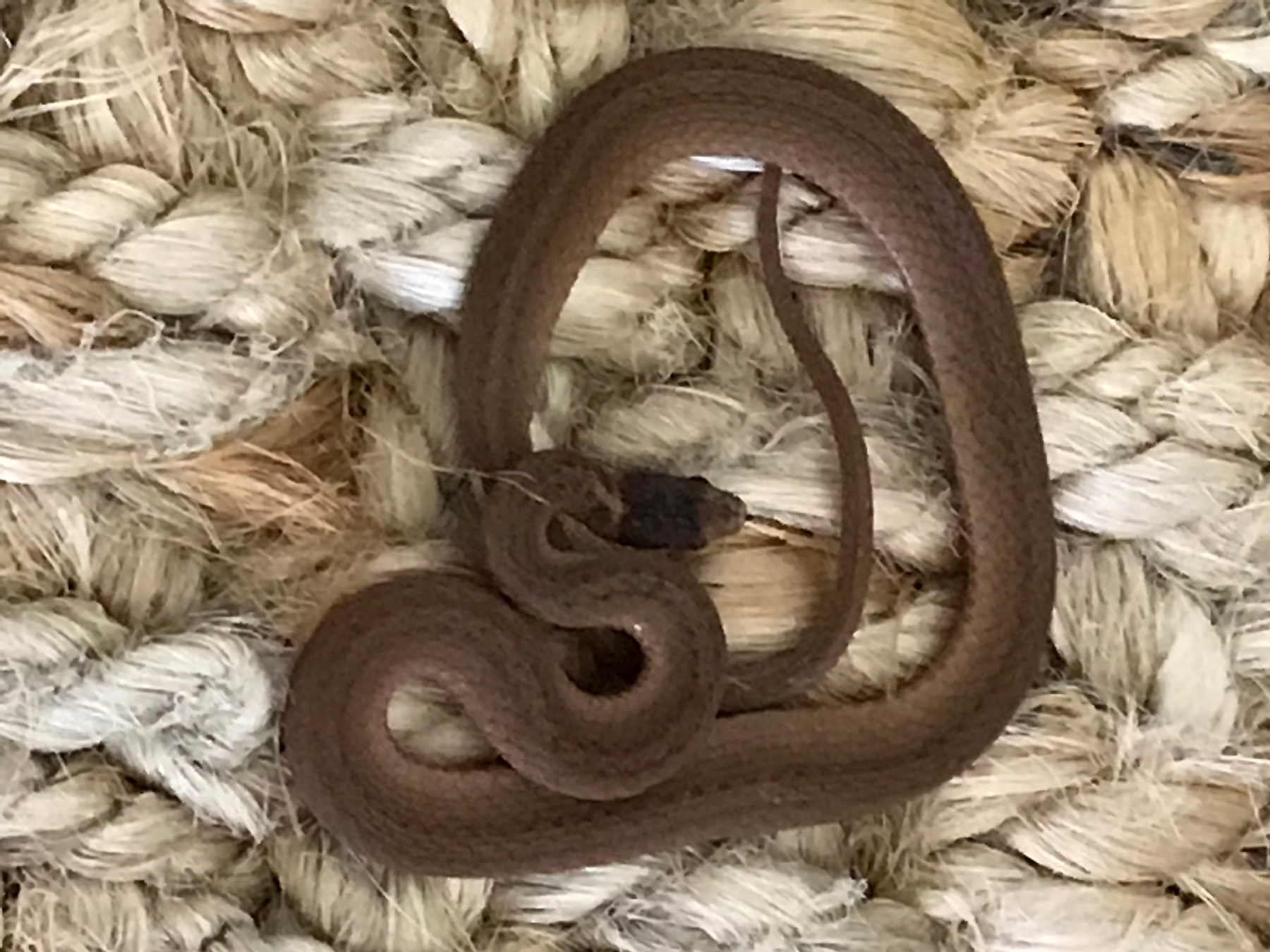
Dekay’s Brownsnake Florida Snake ID Guide
Diet: Most species are generalists as adults, juveniles are lizard specialists, as is adult P. modesta. P. guttata appears to feed primarily on frogs.Other species take a wide variety of vertebrates, including lizards, snakes, small mammals, and ground-dwelling birds, occasionally frogs.

Our Venomous Neighbours Brown Snakes
For many years it was suspected that the widespread Western Brown Snake (Pseudonaja nuchalis) was in fact a composite species, however efforts to split nuchalis were largely defeated by the extreme level of colour and pattern variation encountered both within and between populations.
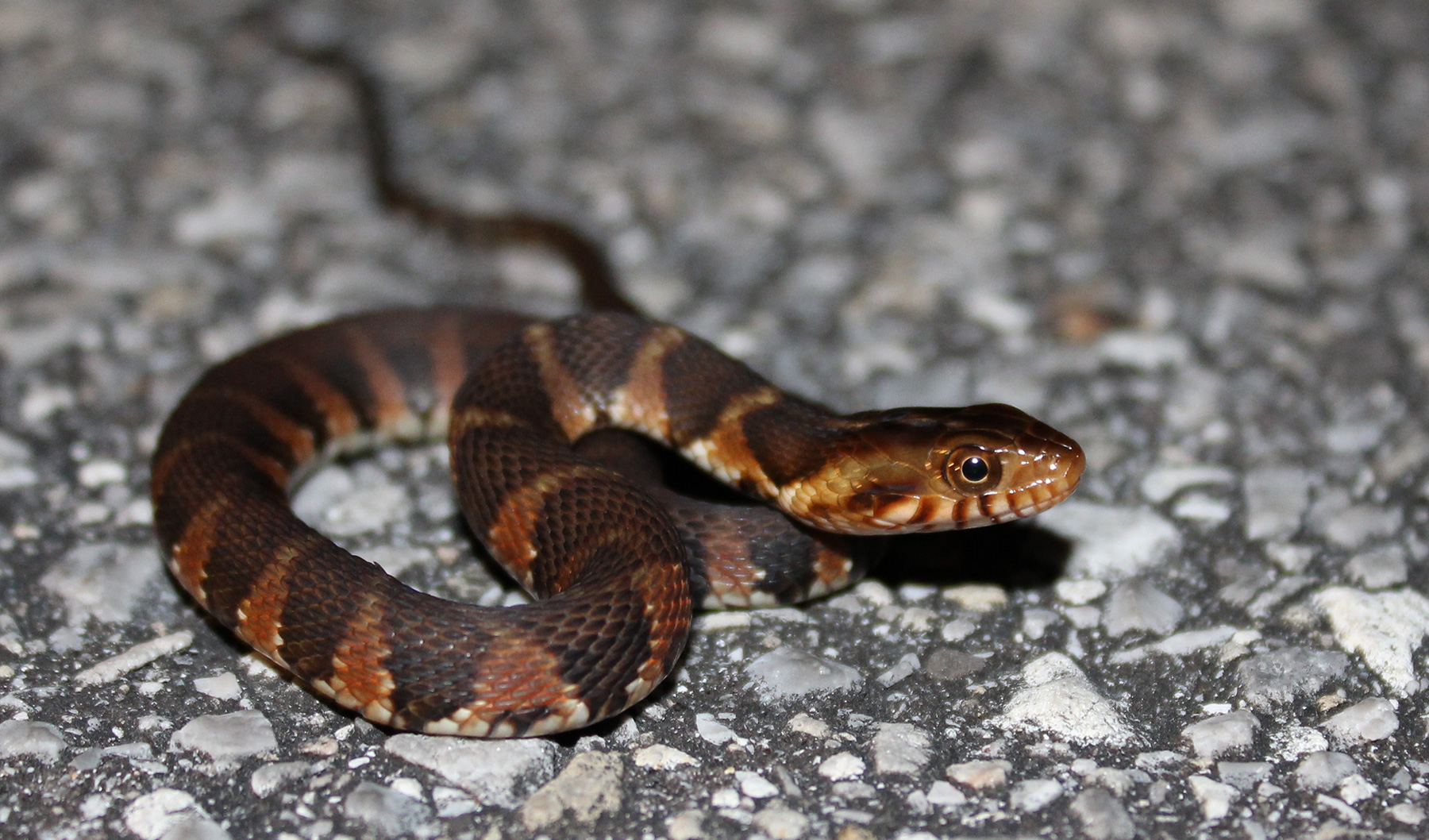
Southern Watersnake Florida Snake ID Guide
The western brown snake ( Pseudonaja mengdeni) is commonly known as Mengden's brown snake, [2] and alternatively, gwardar. [3] Pseudnaja mengdeni is endemic to Australia. It is highly variable in colour and patterns [2] and is a highly dangerous elapid whose bite can cause severe symptoms resulting in death. [4]